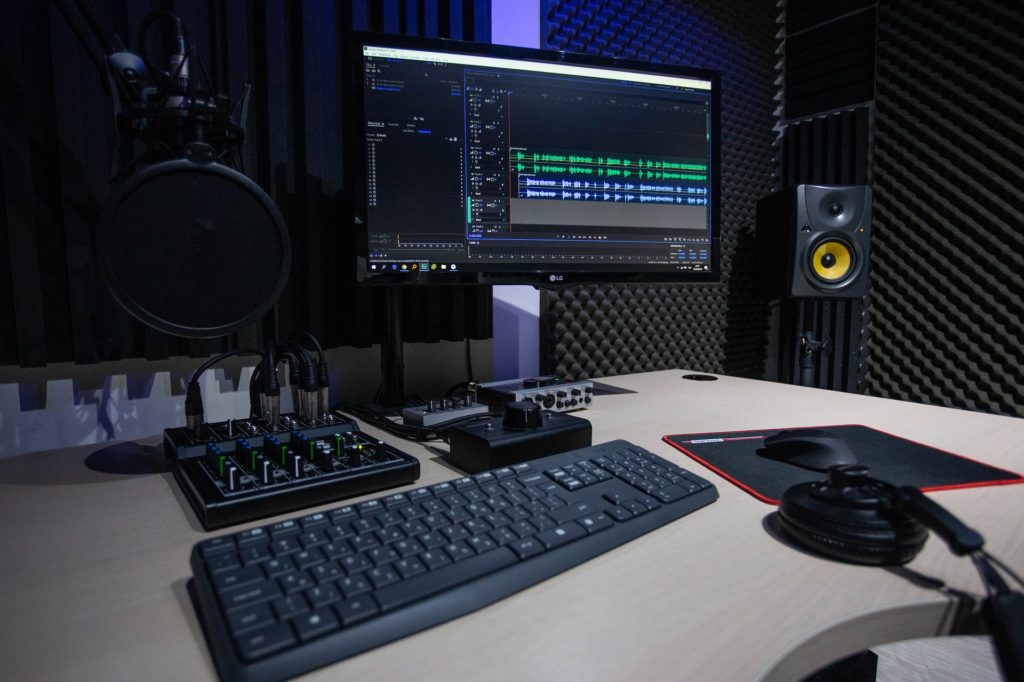Just as radio transformed world communication in the mid-twentieth century so too has podcasting become one of the most effective ways for broadcasters to bring their content to the public. As of April 2019, there were upwards of 700,000 podcasts in production and more than 29 million episodes produced. With so much content being produced, it is easy to overlook how impressive some of these productions are and, to a greater degree, what kind of work goes into them. There are a significant number of high-quality technology options available to podcasters today that can turn good podcasting into great podcasting.

What kind of setup do I need to make my podcast sound great?
Using the right equipment for your podcast is crucial to creating an enjoyable and fulfilling experience for listeners. Audio, more than anything else, is what allows podcasters to instill their own personality into their broadcast, giving listeners a sense for who the speakers are. Voice inflection, loudness and sound clarity all play central roles in forming intimate bonds between broadcasters and listeners. This generates increased listenership and overall awareness of podcasting’s importance in the broadcast world.
Acoustics play a large role in providing clear audio for podcasts. A proper space is needed to capture sound for recording and editing, as well as to provide for creativity and production. The best spaces for podcast recordings typically have specialized installations for sound absorption, such as acoustically treated wall panels, windows and doors. These are the same solutions found in most professional recording studios and sound stages. Though everyday furnishings like curtains, carpets and couches also reduce reverberation and echoes, it’s important to have materials intended for this purpose.
Best recording techniques for podcasting?
Once you’ve established an appropriate space to record, the next step is to actually capture the audio. Many professional podcasters use an entire audio mixing system, complete with mixing board, EQ tools and various other technology to enhance the sound.
Digital recording has become the industry standard across most broadcasted and recorded pieces of media. Making use of a Digital Audio Workstation (DAW), allows podcast producers the ability to edit and organize their audio segments quickly and easily. With easy-to-use, albeit highly advanced, software to edit their shows, podcasters can incorporate a wide variety of audio clips, effects and sounds into their productions.
Among the most important aspects to a podcast is having the right microphone. Although the mic market is wide and varies in terms of both cost and quality, manufacturers have started producing specialized microphones for use with podcasts. Dependent on budget, a podcaster can look at USB-capable microphones, which are easy-to-use and affordable in addition to broadcast microphones, which typically have an increased sound quality at a higher price tag.
What’s Next?
Overall, using the right equipment to tell your story demonstrates an added level of care and professionality to your podcast. Because of that, listeners will be more satisfied with their experience. While podcasters certainly need not break the bank forming their initial set-up, investing in the right equipment can make all the difference!
For any equipment manufacturers looking to break into the podcasting market, be sure to contact D. Pagan Communications for help with your media relations and marketing efforts! Our staff brings expertise, creativity and enthusiasm to all our clients’ projects. We look forward to hearing from you soon!
